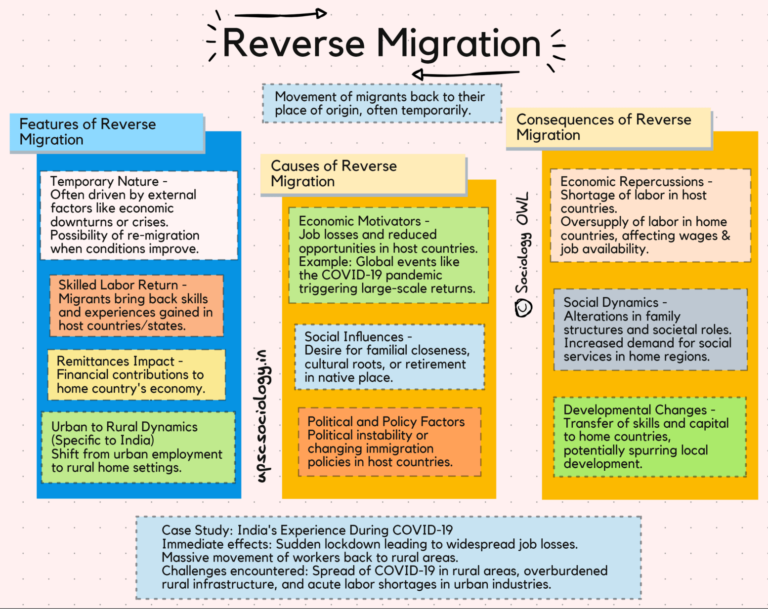What is ‘Ageing’ ? Discuss the major problems of aged people in India.
Model Answers
Q: What is 'Ageing' ? Discuss the major problems of aged people in India.
Question asked in UPSC Sociology 2023 Paper 2. Download our app for last 20 year question with model answers.
Model Answer:
Ageing:
Ageing refers to the biological, psychological, and social changes individuals experience as they advance in years. It is an inevitable process that not only affects personal well-being but also has broader social implications. In India, the ageing population is growing due to increased life expectancy and declining fertility rates, leading to significant societal challenges.
Major problems faced by aged people in India include:
1. Economic Insecurity: A large number of elderly lack financial independence. With inadequate pension coverage and savings, many depend on their families. The breakdown of the joint family system, as observed by A.M. Shah, has weakened traditional support, increasing economic vulnerability.
2. Health Issues: Chronic ailments like diabetes, hypertension, and arthritis are prevalent. Access to affordable and specialized geriatric healthcare is limited, especially in rural areas. Mental health problems, including depression and dementia, are often neglected due to stigma and lack of awareness.
3. Social Isolation: Urbanization and migration of the younger workforce lead to loneliness among the elderly.
4. Elder Abuse: Instances of physical, emotional, and financial abuse are rising. Without strong legal protections, elderly individuals are susceptible to exploitation, sometimes within their own families.
5. Lack of Social Security: Government schemes like the National Social Assistance Programme have limited reach and efficacy. There is an absence of comprehensive policies addressing the diverse needs of the aged population.
6. Digital Exclusion: In an increasingly digital society, many elderly people lack digital literacy, hindering their access to information, services, and social connectivity.
Addressing these problems requires a multifaceted approach, including strengthening social security systems, improving healthcare infrastructure, and fostering societal values that respect and support the elderly.
Download our app for UPSC Sociology Optional - Syllabus, NCERT Books, IGNOU Books, Past Paper with Model Answers, Topper Notes & Answer Sheet.
What is ‘Ageing’ ? Discuss the major problems of aged people in India. Read More »

